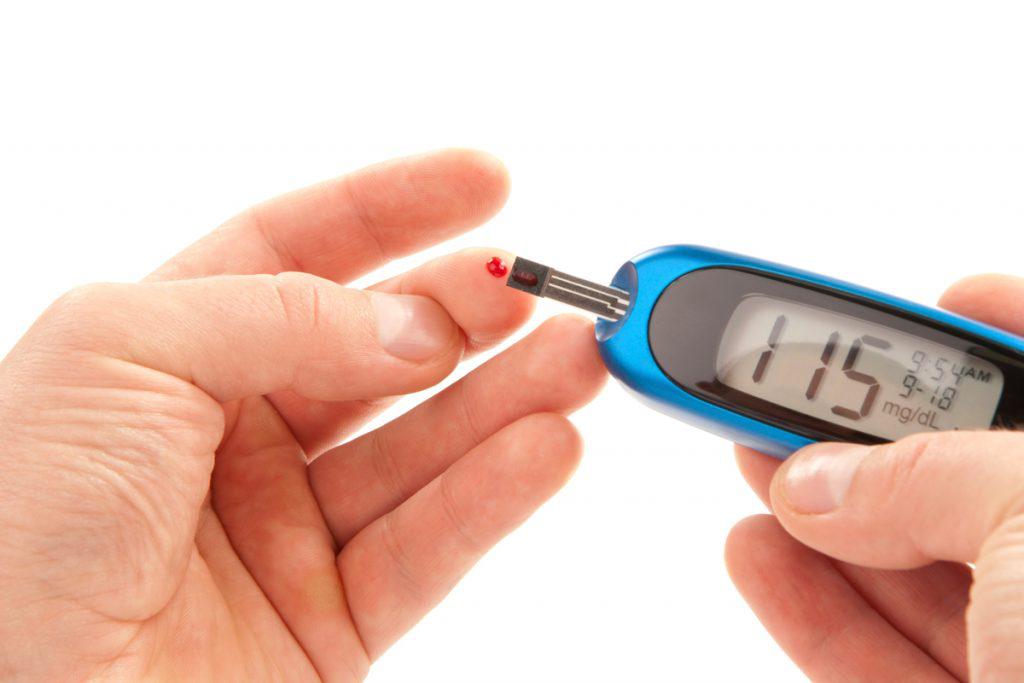The IBM developed an application to help patients with diabetes through artificial intelligence
IBM collabored with medical device manufacturer Medtronic. So, it has developed an application for help diabetics. This application will predict the status of blood sugar in advance with the help of artificial intelligence and machine learning. It is expect to facilitate the lives of those who fight this disease.
More than 100 million people have diabetes in the world. This situation brings diabetes to one of the most common diseases. Diabetes patients who need to pay attention to what they eat and drink. For diabetics, there is a decision that should be given average around 180 day on subjects such as sleep conditions, physical activities and insulin conditions.

Technology giant IBM and medical device manufacturer Medtronic have decided to do research on this issue. As in the case of the weather, they realize that if an application was able to predict the condition of the patient beforehand, they could reduce the risk of serious threats such as hypoglycemia. On top of that, two companies develop an application called Sugar IQ a smart system that shows when the blood glucose level will drop and how many level of glucose in the hour. The application analyzes the health status of the person, based on artificial intelligence and machine learning. It makes warnings to the user, taking into account many different factors, including the food consumed, the hours of consumption and the activities performed.

In fact, this kind of application developed for diabetics is not the first in the market. Previously, Google and Apple had developed similar applications. The difference of Sugar IQ developed with the IBM Partnership is that by using artificial intelligence and machine learning. It is possible for people to be able to report the dangers of hours in advance. The application is still very new. But the authorities made detail studies on the subject and recently report that the system may be diagnose separately according to type 1 and type 2 diabetes diseases.

No Comments!